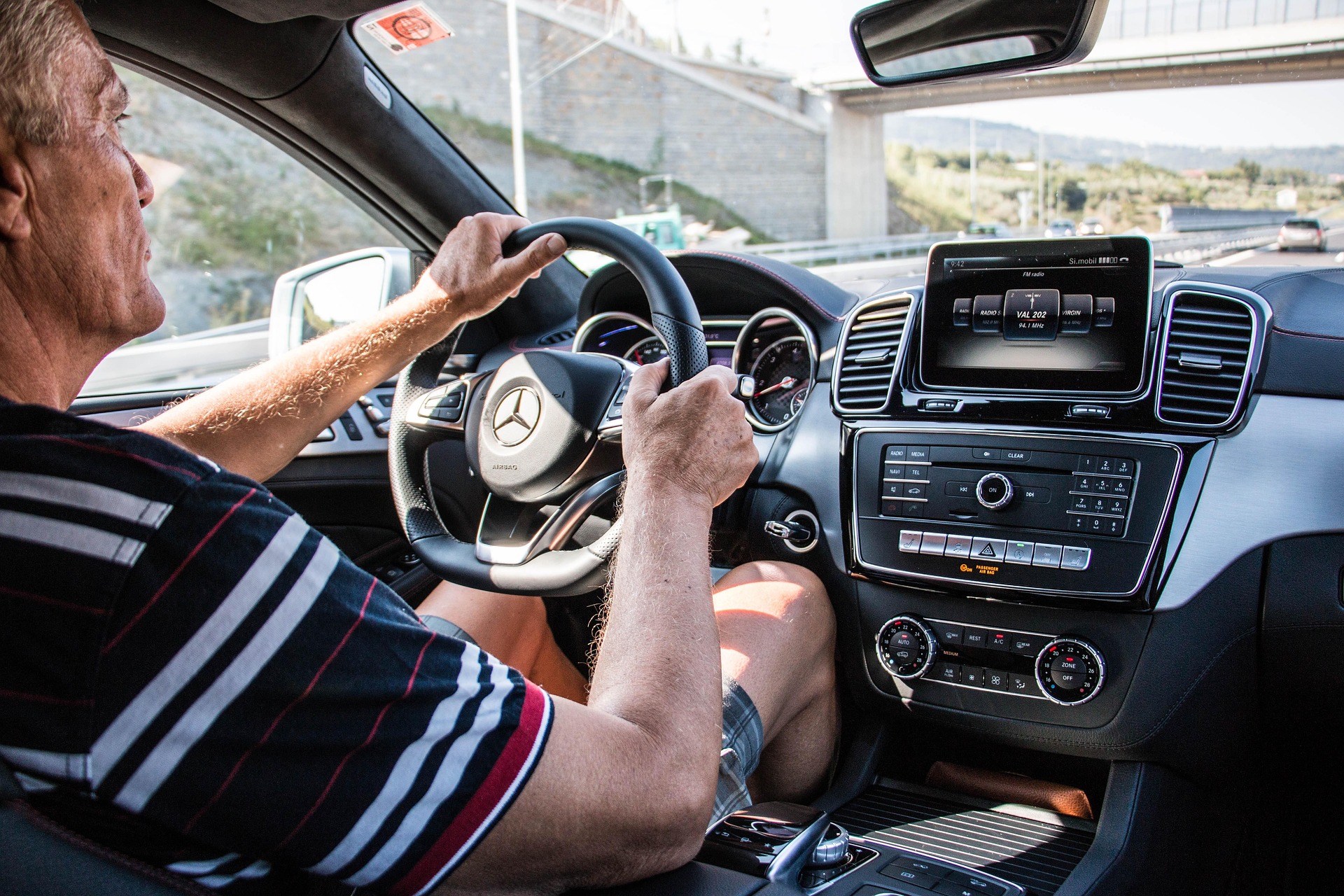Why Touchscreens Are Taking Over Your Dashboard
Picture this: you're sitting behind the wheel, and instead of a sea of physical buttons and knobs, you're greeted by a sleek, tablet-like display. No dials to twist, no toggles to slide—just taps and swipes. Love it or hate it, touchscreens have become a dominant force in modern car interiors. But how did we get here, and what does it mean for the driving experience?

From analog simplicity to digital command centers
Automotive dashboards were once mechanical masterpieces. Switches, levers, and analog gauges ruled the cabin, each with a dedicated purpose and tactile feedback. But as consumer tech advanced, particularly with smartphones and tablets, automakers began to rethink cabin design. The idea of a centralized, digital command hub began gaining traction in the early 2010s.
Tesla’s Model S, launched in 2012, was a turning point. Its massive 17-inch vertical touchscreen eliminated nearly every physical control in favor of a single interface. The design was as controversial as it was influential. Soon after, brands like Volvo, Ford, and Mercedes-Benz began introducing large infotainment displays, integrating climate, media, and navigation controls into one seamless digital environment.
Advantages that drive design choices
There are practical reasons for this shift. First, touchscreens allow automakers to reduce production complexity. A software-based interface can be updated over-the-air and customized across models without requiring new hardware tooling. This leads to cost savings and faster iterations.
Second, a well-designed touchscreen interface can enhance user experience. Features like split-screen navigation, customizable widgets, and integration with Apple CarPlay or Android Auto provide drivers with more control and personalization. Digital real estate also gives automakers room to innovate with features like augmented navigation and camera overlays.
Third, touchscreens contribute to a modern, minimalist aesthetic that appeals to younger buyers. Clean lines, less clutter, and glowing surfaces are synonymous with futuristic design—a look that brands are leveraging to differentiate their models in a crowded market.
Challenges behind the glass
Despite their appeal, touchscreens are not without flaws. One major concern is usability while driving. Unlike physical buttons, which drivers can operate by feel, touchscreens require visual attention. That means taking eyes off the road—even if briefly—to change the volume or adjust the temperature.
Studies have shown that touchscreen interfaces can increase driver distraction compared to traditional controls. In response, some manufacturers have reintroduced tactile feedback or haptic interfaces, which simulate the feeling of pressing a button. Others are incorporating voice control systems, though those have their own reliability issues.
Glare, smudges, and responsiveness are additional complaints. In poorly executed systems, laggy interfaces and confusing menus can frustrate users. The best implementations are those that combine digital flexibility with intuitive design and physical shortcuts for high-frequency functions.
Industry trends and what lies ahead
As of 2024, nearly every major automaker offers at least one model with a full-width display or oversized touchscreen. From entry-level crossovers to luxury flagships, digital dashboards are no longer exclusive to high-end vehicles. The screen real estate continues to grow, with some concepts integrating the entire dash as one seamless panel.
Manufacturers are also experimenting with curved displays, OLED panels, and hidden screens that activate only when the car is in use. Personalization is key: drivers can choose themes, adjust layouts, and even connect multiple user profiles. Touchscreens are also being used to control everything from ambient lighting to seat massage functions.
However, there is growing consumer pushback. Some car buyers prefer the tactile satisfaction of knobs and buttons, especially for frequently used features. Industry experts believe that a hybrid approach—digital interfaces supported by essential physical controls—will become the norm as brands find the right balance between form and function.
The balance between innovation and usability
The rise of touchscreens in vehicles reflects broader trends in consumer technology and industrial design. As cars become more connected and software-defined, the role of digital interfaces will only increase. But the challenge for automakers is clear: design systems that enhance, rather than hinder, the driving experience.
Usability testing, driver feedback, and adaptive interfaces will play critical roles. Some companies are already exploring context-aware systems that adjust display content based on driving conditions, reducing distraction. Others are testing gestural controls, though their effectiveness remains under scrutiny.
Ultimately, the best in-car technology should disappear into the background—present when you need it, invisible when you don’t. Whether that future lies in glass panels, augmented windshields, or voice-command AI, one thing is certain: the dashboard is no longer just about gauges. It’s the nerve center of a digital driving experience.




